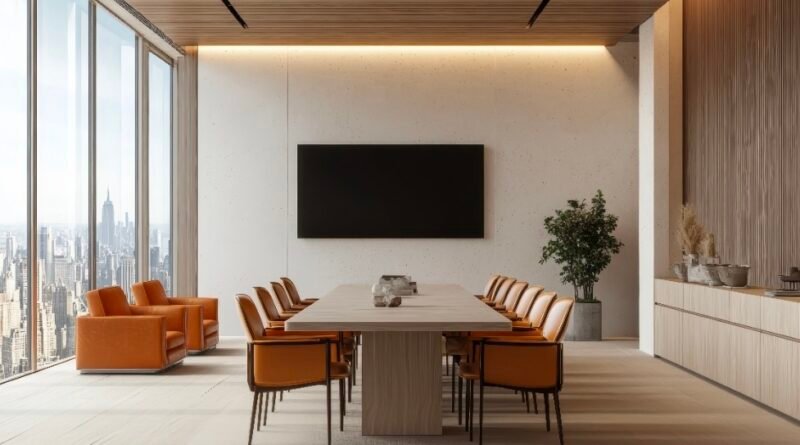Choosing the Right Meeting Table for Your Conference Room
The conference room isn’t merely a meeting space — it’s where deals are made, strategies are mapped out, and clients are impressed. In the center of all that is the Meeting Table, an important piece of furniture that establishes the tone for collaboration and professionalism. Having the right one can significantly affect productivity and how your area welcomes guests and workers. With a few size, style, and functionality options available, it’s key to consider the table’s role in your business application.
Size, Seating, and Space Planning
Start by measuring the room size and the number of individuals using the table regularly. A table that is too big can dominate the room, whereas one that is too small can be cramped and inhospitable. Provide a minimum of 3 feet of clearance space around the table for comfortable chair access and traffic flow. Should your meetings frequently include big teams or clients, opt for a rectangular or boat-shaped table with generous seating without compromising space flow.
Tables that you can expand or adjust in size are fantastic for teams that are getting bigger or for rooms used for many different things. In smaller groups or settings where people work together closely, round or oval tables help get conversations flowing and make everyone feel involved. Selecting a shape and size that fits well means people can be comfortable without giving up any style or how useful the table is.
Material and Durability
A meeting table should be built to last, especially in high-traffic environments. Wooden tables provide a timeless, upscale appearance and are able to withstand years of usage, though they are heavier and pricier. Laminate and engineered wood are less pricey and yet still provide decent durability with little upkeep. For a more streamlined, tech-savvy look, glass or metal tables may be appealing—but these will likely require additional upkeep to stay clean-surfaced.
Make sure the table finish is scratch-resistant, stain-resistant, and spill-resistant. Conference tables are high-traffic surfaces; thus, sturdy construction is an investment in the long run. A quality-built, stable table sends a message of quality and aids in maintaining a professional image in client-facing spaces.
Technology Integration and Functionality
Most meetings now are technology-focused, so your meeting table must be capable of holding devices, charging stations, and cables. Built-in grommets, charging stations, and cable organizers keep things neat and not a mess. Some newer tables even include pop-up hubs or built-in charging stations, which are especially convenient for hybrid meetings or virtual presentations.
Functionality also includes surface area and shape. Will users be utilizing presentation material, notepads, or laptops? More expansive surface tables can avoid congestion and promote comfort. In video conferencing, avoid too long tables and hinder remote participants from seeing or hearing one another.
Aesthetic and Brand Image
Your conference table is an extension of your brand, and your meeting table has a key role in making that first impression. Sleek, clean lines create the image of innovative company culture, while wood grain and high-polish finishes suggest professionalism and tradition. Consider your existing office design and color scheme to make the table fit in with but not battle against your surroundings.

